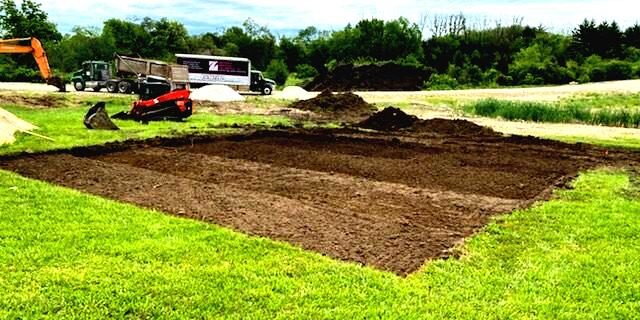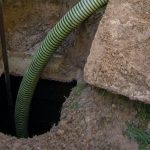1. Soil Report
You’ll need a soil test done if you haven’t already. Many contractors such as ourselves can coordinate this on your behalf. The soils report will provide us with a soil loading rate to determine what type & size of system can be installed.
2. Site Plan
Contractors will need a site plan showing topography, utilities, future pools, buildings, patios, etc. In addition, it’s always a good idea to have a qualified professional complete a site inspection to ensure that there are not any undocumented obstructions such as trees or steep terrain that may impede the longevity of a proposed absorption area.
3. Septic Area
If this is a repair of an existing septic system, clear the area. Make sure that your contractor’s equipment can easily get to and around the septic area without hassle & damage to your belongings. Clearing your items & any debris will help your contractor work more efficiently. For new installs, it is extremely important that you rope off the area of the septic field during construction of the new home. The proposed area of the septic field should never be stripped, cut, altered, or compacted as it will affect the absorption quality of the soil.
4. Water
Normally you are only without services for a minimal amount of time–with our company an hour max. Your water may be shut off for a brief period during installation so that it does not affect the gluing and fitting of the pipes to the new tank. Plan your bathroom & shower use around the installation & keep bottles of water handy in the fridge until your water can be turned back on.




